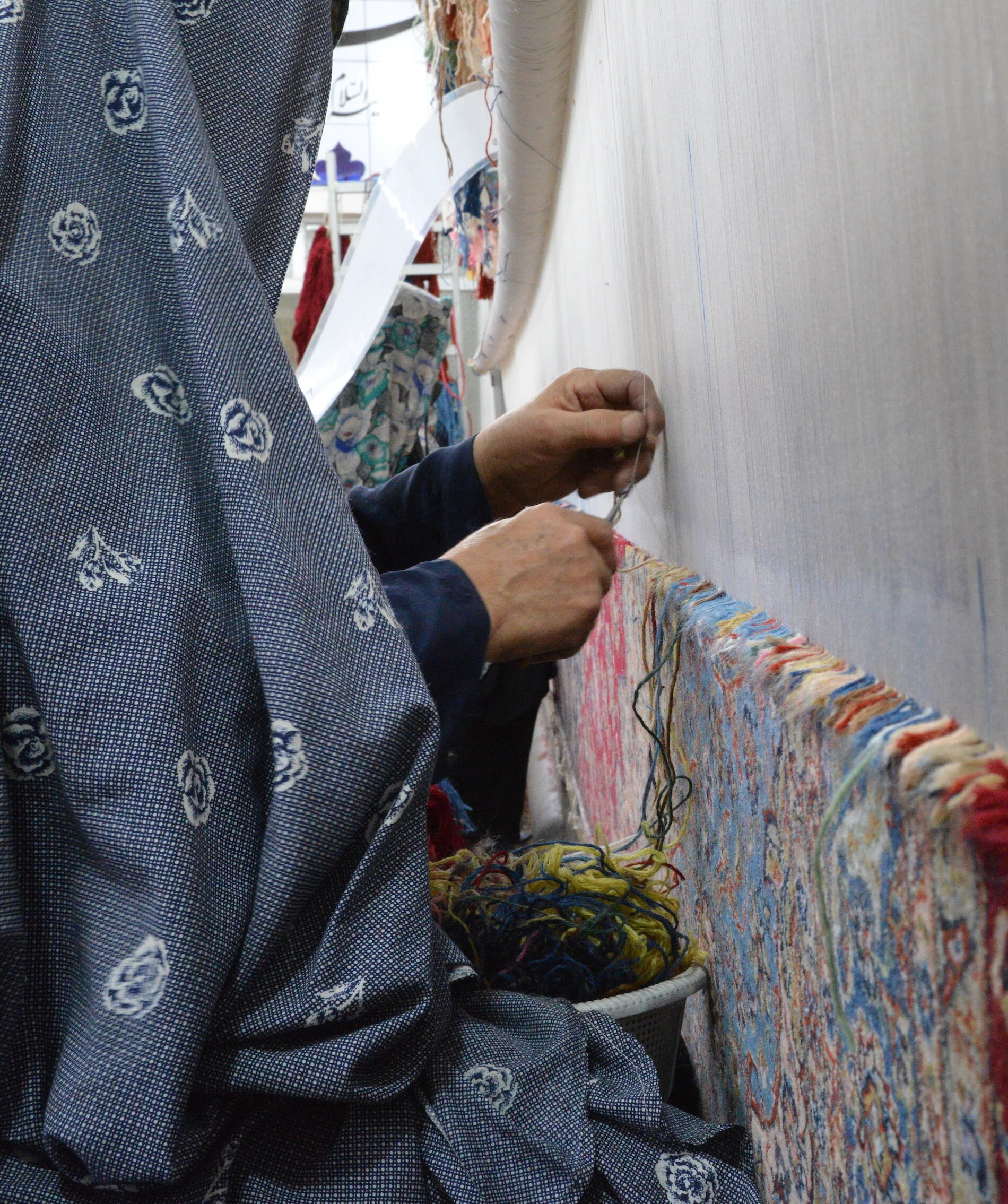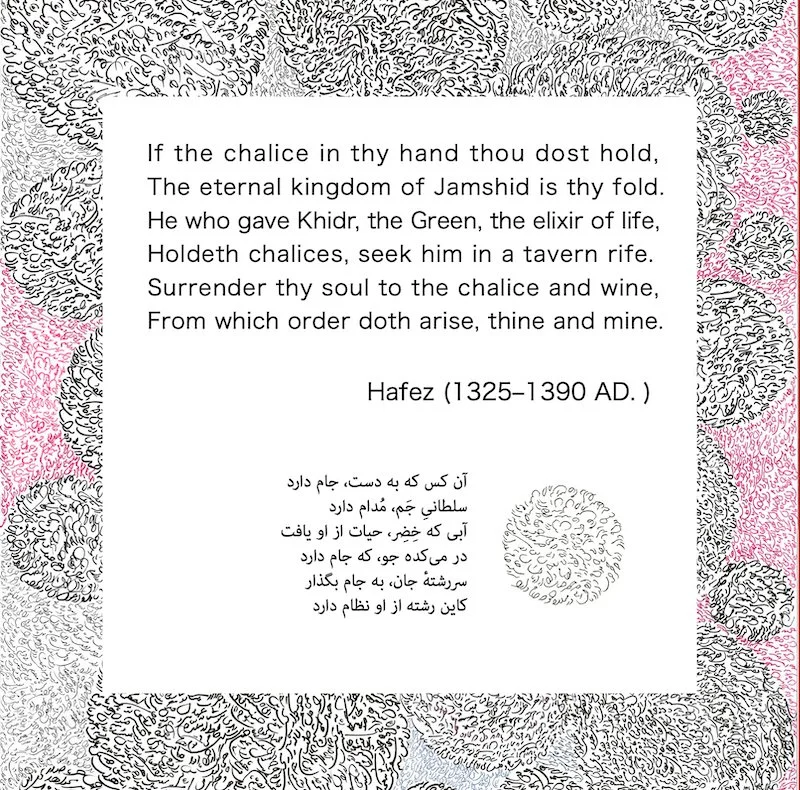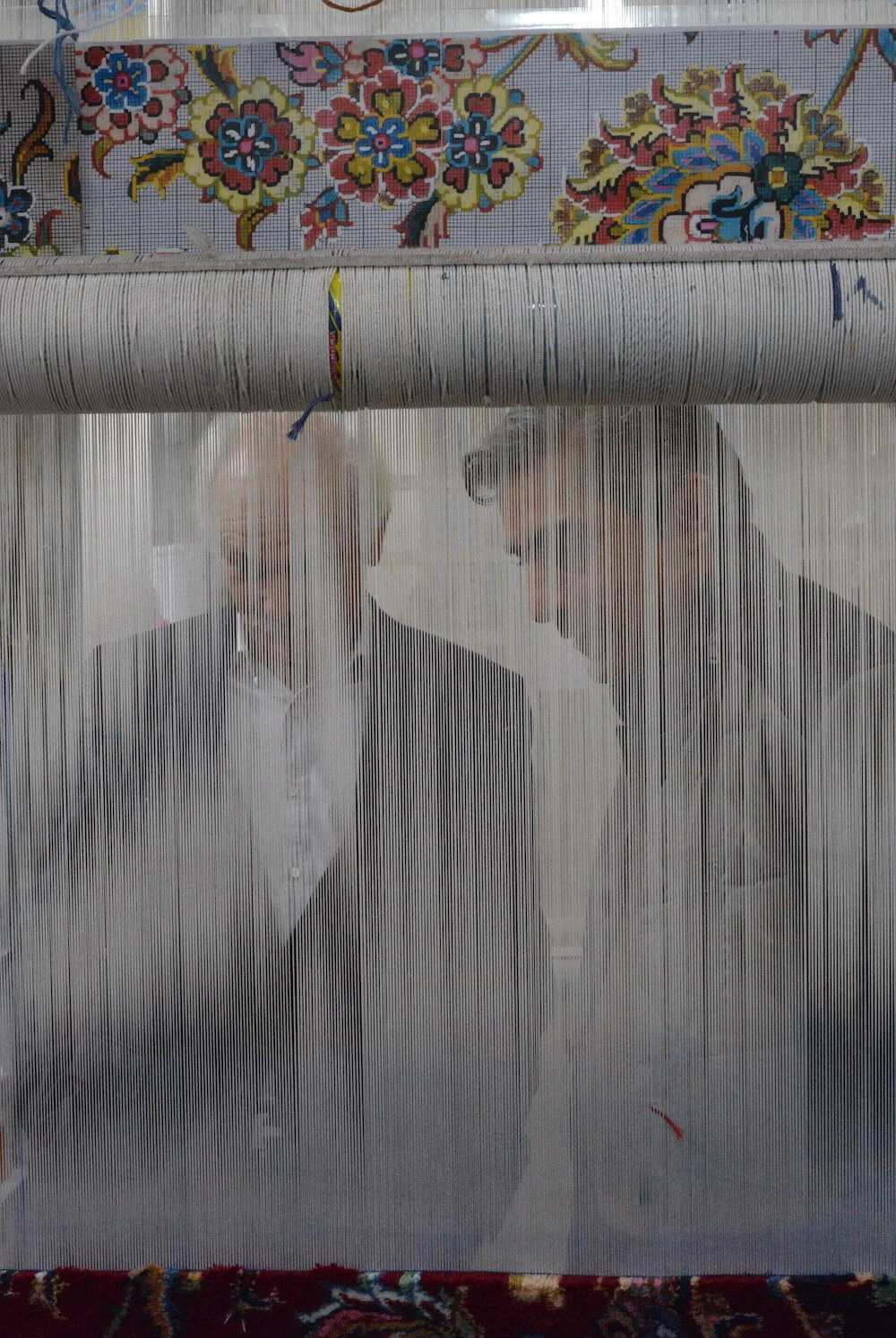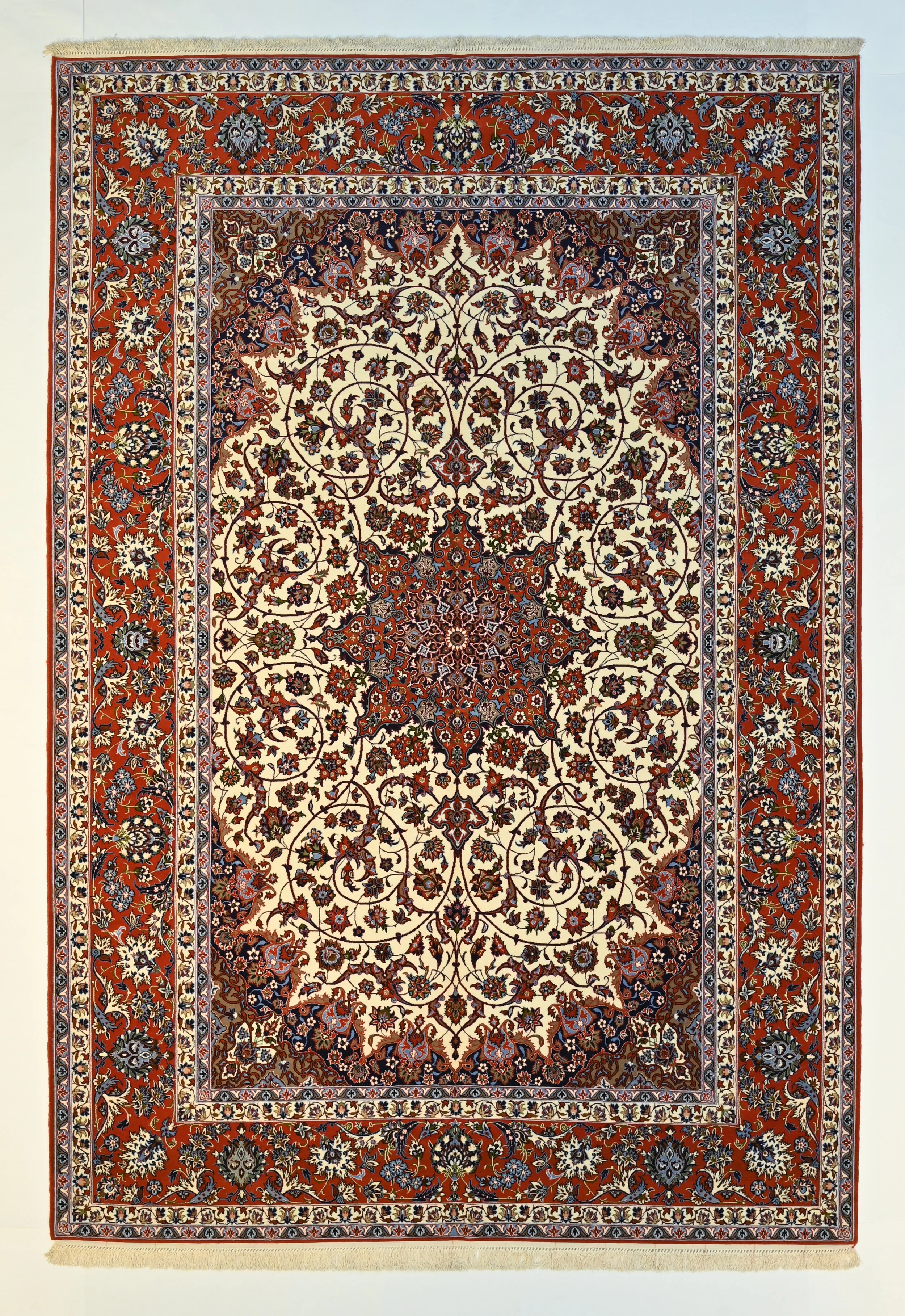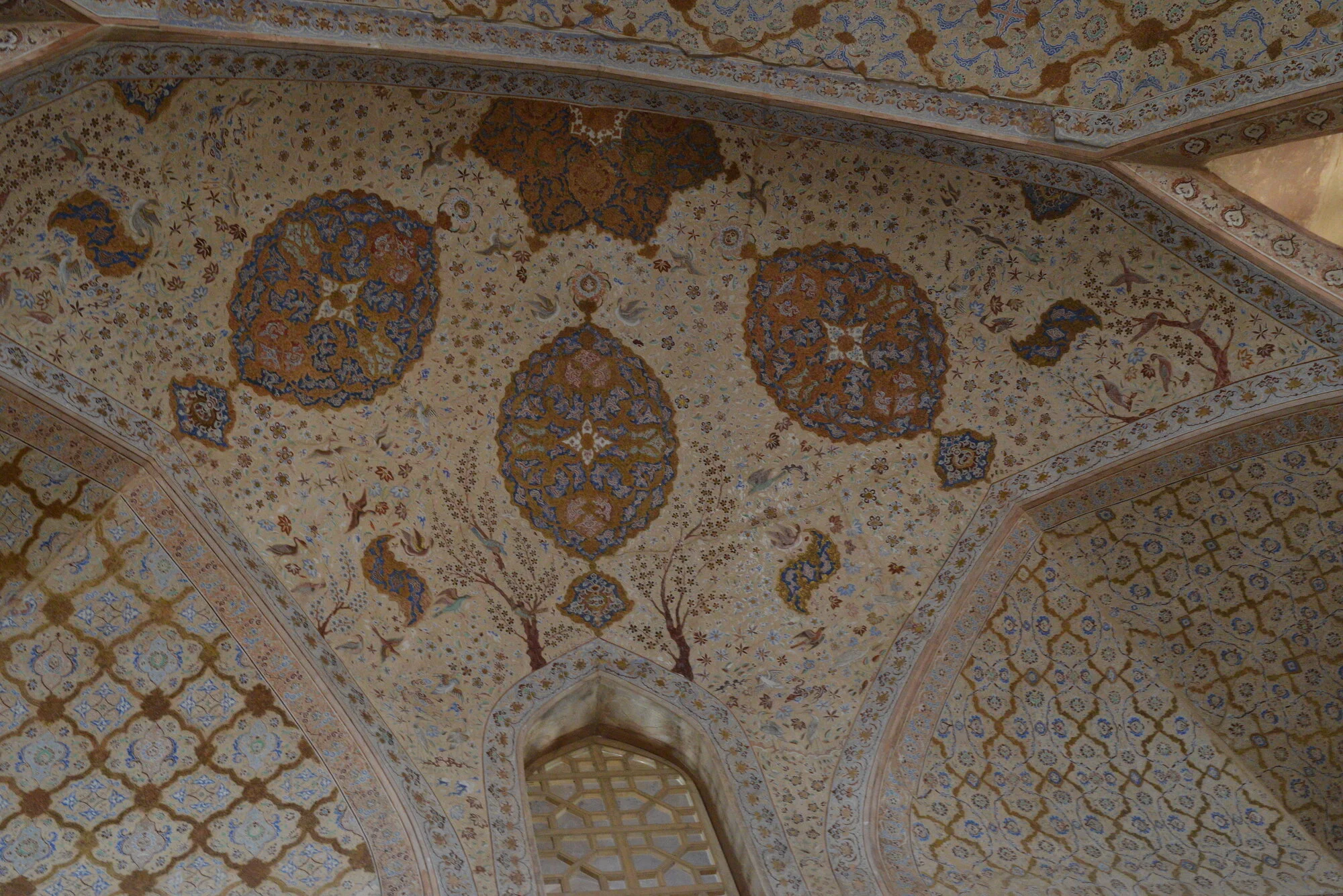Undoubtedly, the weaving of rugs started in primitive form out of the need for comfort as part of the home, the human's nest. The development of urban societies created a taste for luxury and grandeur and a more sophisticated taste for art. Carpets are an essential part of luxurious space, and the demand for elegant rugs by wealthy and esthete has driven artisans and designers to create refined and intricate rugs. Many classic rugs are painstakingly knotted over months and sometimes years to fit the most elegant spaces. With years of experience, we have acquired the expertise to collect the best of such pieces.
Weaving a rug is a meticulous and time-consuming task. Weavers must tie hundreds of thousands, and sometimes even millions, of knots over an extended period. To achieve perfection, each knot must be identical in shape and form. The skilled hands of the weavers, moving with symphonic precision, create enchanting designs.
Isfahan was the seat of several Persian royal dynasties. The last of them was Safavids, who made the city their capital in 1598. Originated in Azerbaijan, Safavids united Iran under their rule and contributed to a renaissance of art and science for two centuries. Many classic carpet designs, particularly those from the city, are inspired by those from 16th and 17th centuries. The carpet here is a beautiful example of such rugs. The flowers in this rug's design are attributed to King Abbas the Great (Reigned: 1588 to 1629).
The essential step in creating a carpet that could stand higher than the others is a designers' audacity—the courage to break the traditions to be creative and disregard the norms. The beautiful Nain here is one of such extraordinary rugs. Circa 1980. Wool and silk on cotton. 204x315cm.
A designer laboriously drafts the design on paper before the weavers translate it into an intricate classic carpet.
Without a doubt, Khayyam is one of the most famous Persian poets in the world, with his profound poetry translated by Edward Fitzgerald into English in 1859:
"A Book of verses underneath the bough,
A Jug of Wine, a Loaf of Bread – and Thou
Beside me singing in the Wilderness –
Oh, Wilderness were Paradise enow!"
This carpet celebrates Omar Khayyam by depicting one of his favourite historical figures, Bahram the Hunter, who reigned over the Persian Empire from 420 to 438 AD. Known for his exceptional hunting skills, Bahram was, according to Khayyam, unparalleled in his time, with none like him before or after. He is also celebrated by Khayyam and other poets for spreading prosperity and justice throughout his land.
The poetry surrounding the carpet includes one of Khayyam's most famous verses:
"I went to the potter’s shop yesterday,
I saw a thousand pots, mute and shouting, on display.
Suddenly, one roared as if to say,
Gone in clay are the potters, buyers, and sellers today."
The designer, Mr. Narvani, passed away about 20 years ago, and I will never forget his conversation with my father, justifiably bragging about his refined taste:
"Look, Abbas, I would have done a tastefully perfect work even if I was a porter!"
He created this carpet around the 1970s.
No. 166271 284x196 | Wool on cotton base
It is hard to imagine a weaver could achieve such synchrony between eyes, mind, and muscles. In a case as the carpet here, the weaver has made close to four million knots harmoniously to create almost perfect symmetry. Isfahan. Circa 1980s.
158910 302x413
71169 247x248
162313 361 x 275
8250 274x172cm
Weavers of Tabriz are responsible for creating some of the most astonishing carpets in the world. They are always free-spirited and eager to innovate new designs. Such enthusiasm for creativity has made the carpets from Tabriz and surrounding areas vastly diverse. Countless designs and color combinations are reflections of numerous artistic minds.
The one here is one of such rugs. The beautiful shade of red and other mesmerizing hues demonstrates the skill of the dye master. The harmonious dancing of the scrolls and flowers proves the artistic mind of the designer. Finally, it is the skilled hands of the weaver who have transformed the design into a carpet.


